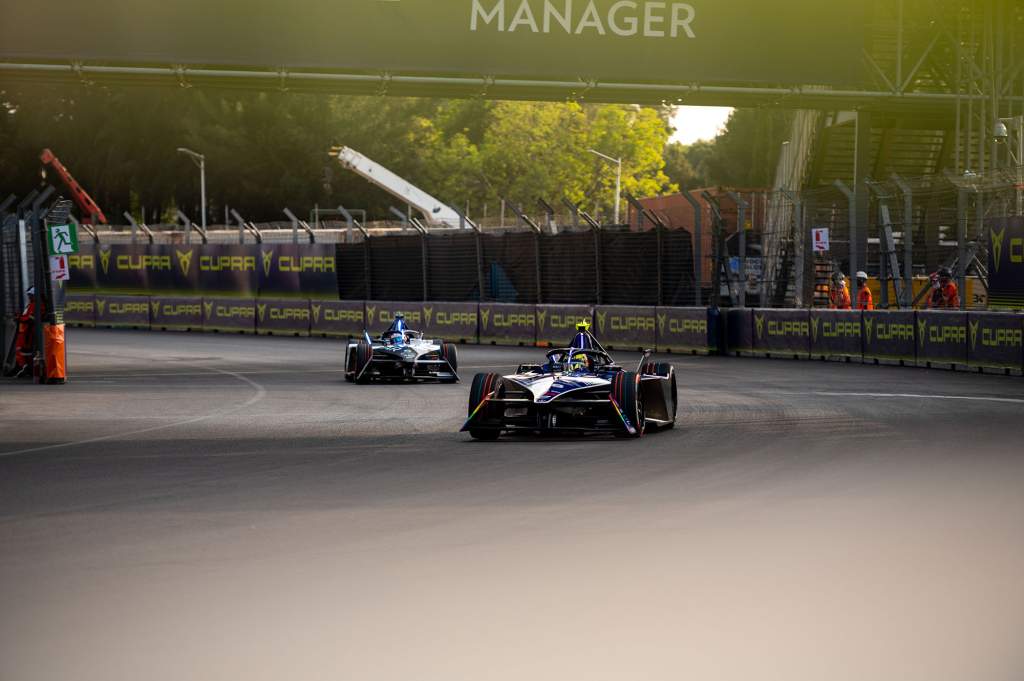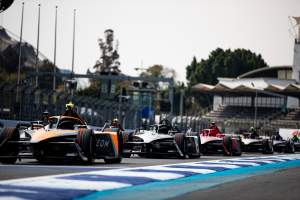Showcasing strategic variety and energy efficiency have been among Formula E’s calling cards since day dot. There’s a reason the series has a reputation for being predictably unpredictable, and the jeopardy of getting it wrong has remained all the while even as teams have upped their understanding of how to mitigate that risk.
But with a new era now here, the goalposts for how to ‘achieve’ that unpredictability have shifted. Mexico will therefore be the first consequential test of how good a job the FIA and Formula E have done of hitting that target, the mock race at Valencia having been met with a lukewarm response.
The success or otherwise of this primarily comes down to two factors: the number of laps the races are run to – from the start of the Gen3 era races are no longer run to time – as well as the usable race energy figure. For the Mexico City E-Prix, these are 36 laps and 41kWh.
The goal is the right balance of energy-saving to allow for strategic and pace variation and therefore overtaking. A flat-out race isn’t necessarily a good thing in Formula E, as it makes overtaking less likely. A race that requires too much energy-saving could become farcical.
Envision Racing team principal Sylvain Filippi lays out the challenge of getting to grips with lap totals succinctly.
“It’s a question for us to really learn all the tools and use them,” he tells The Race. “It’s fine margins; you don’t want to finish the race with too much energy, which means you could have gone faster, and the other way round is even worse, right?”
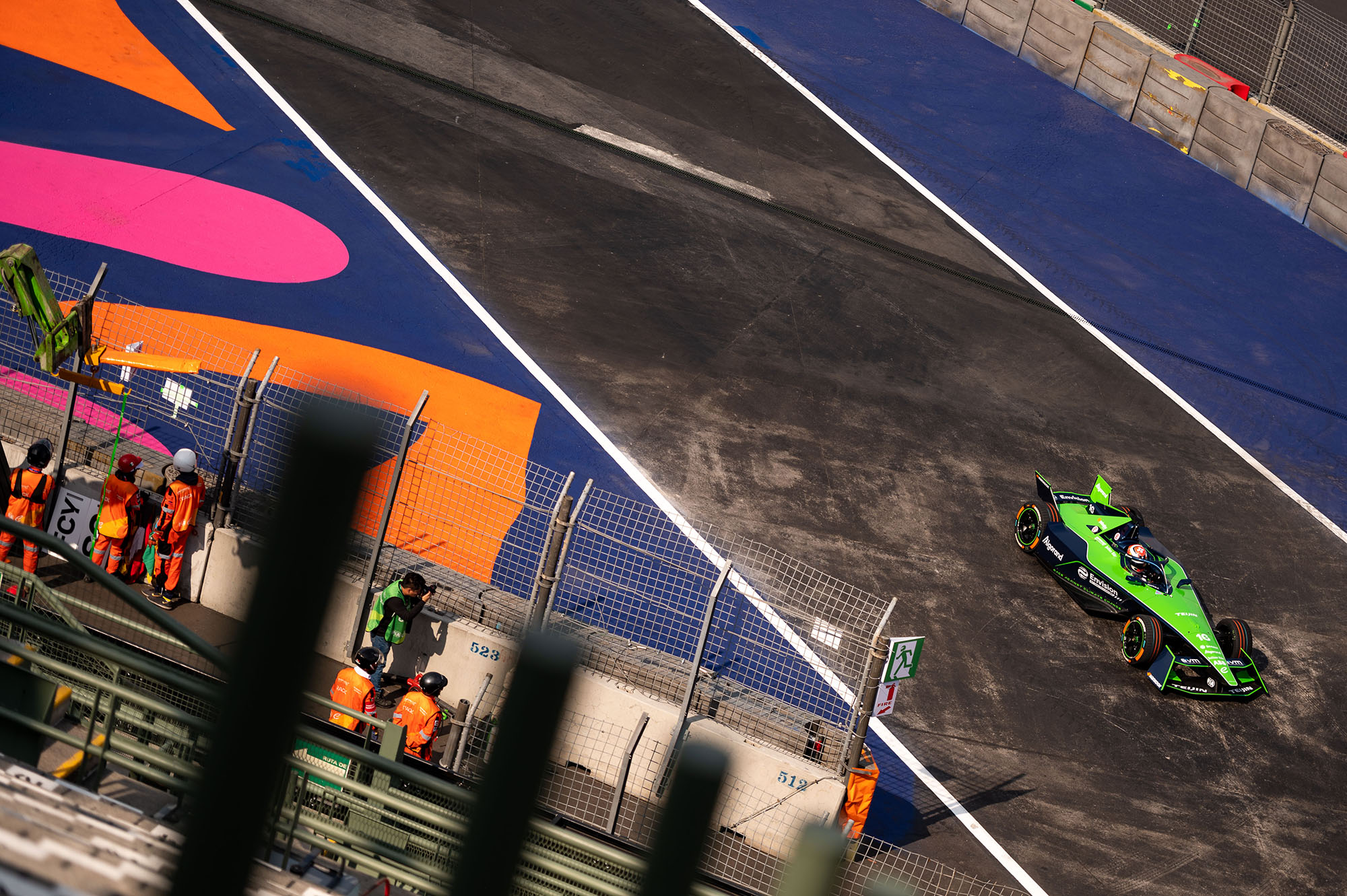
So, will those Mexico figures make for the sort of FE race we’re used to as the Gen3 era dawns? Drivers and teams were split on the matter – though they were unanimous that the situation will be much improved compared to Valencia.
“It’s a decent amount of energy saving, it’s not like the Valencia practice race which was basically just flat-out,” Andretti driver Jake Dennis tells The Race of what a 36-lap total will offer. “I think 37 [laps] would have been a bit extreme and 35 would’ve been almost flat-out. I think they’ve got it right.”
Dennis concedes though that “obviously it could change immediately after a safety car” – a point Porsche’s Antonio Felix da Costa is quick to highlight.
“Yes, yes, for sure,” da Costa says, when asked by The Race whether the total will be enough to make the Mexico race an energy-saving one.
“It’s just very easy for the race to become faster if we have a certain amount of full-course yellow minutes or safety car that is not quite enough to trigger an extra lap, then the race will quite easily become a bit too quick and then quite hard to overtake each other.”
Da Costa’s point is an important one. Article 37.2 of the championship’s updated sporting regulations state at least 3m30s will need to elapse under full course yellow and/or safety car conditions before a lap is added to the race, with seven minutes the threshold for a second to be added.
“But we’ve gone through changes of car generations of Formula E; the FIA and Formula E they’ve got their minds in an open-minded state to keep on, if we have to change something in the regulations to make the racing better for the next round we will, so I’m not worried about [that],” adds da Costa.
“If we don’t get it completely right here, we’ll do a step forward for the next one and we keep on going like that.”
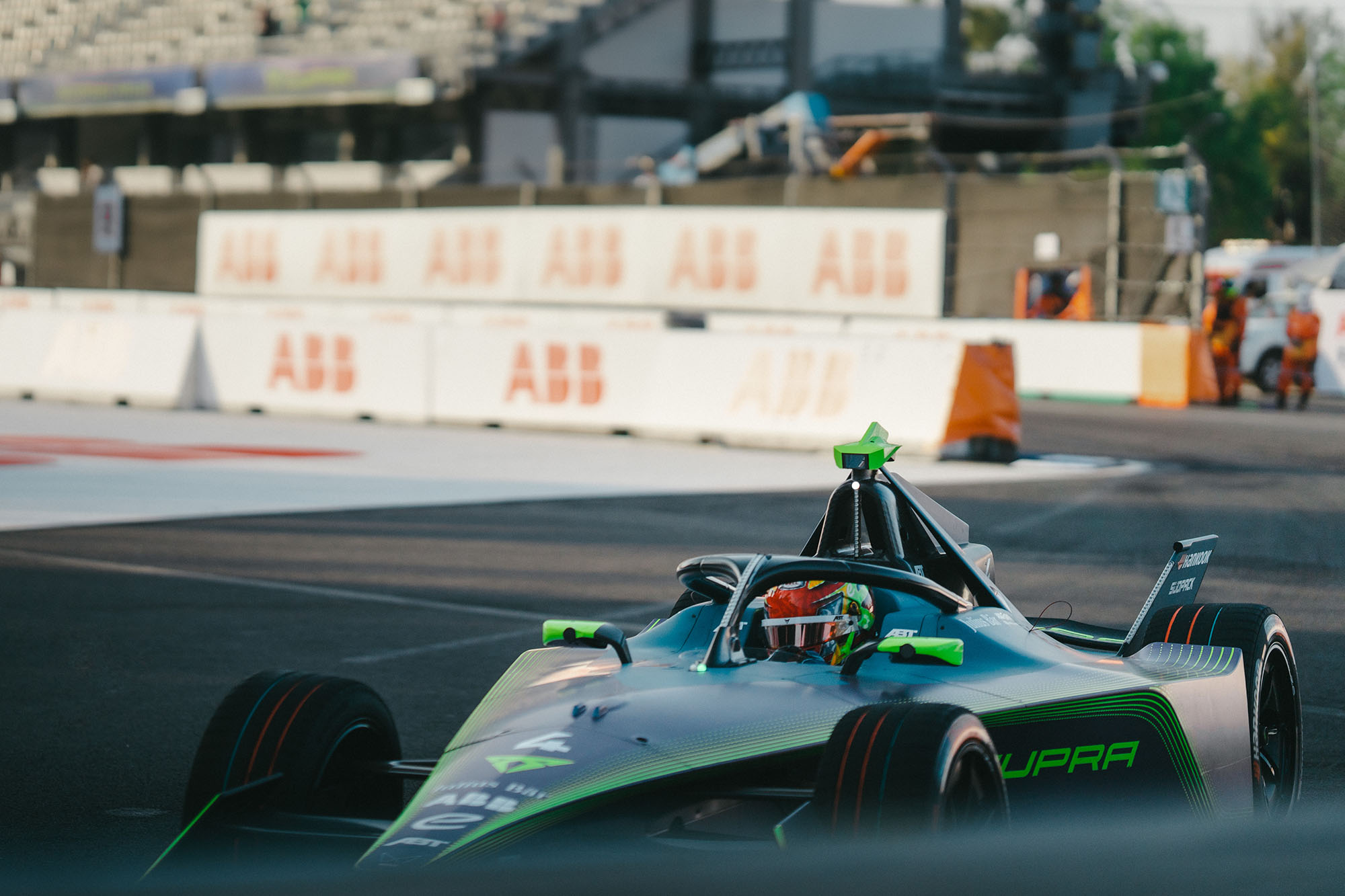
The size of the task facing the FIA to get to those targets has not been lost on anyone. As Abt’s Robin Frijns puts it, “at the end of the day it’s a sim correlation”, as well as the limited data that’s been accrued from a half-week – and one interrupted by reliability problems at that – of on-track learning.
“It’s a bit hard to say with the limited amount of experience we have,” says Sebastien Buemi of whether 36 laps is an appropriate figure to allow for energy management. “But I guess maybe it could have been slightly more, that’s my personal feeling.
“Obviously it’s the same for everyone so we just try to extract the most out of that, but maybe it’s a bit short. But I guess we’ll have a better vision on that after, I guess it will take maybe two or three races until we find the right amount.”
And if the process does need finetuning, don’t expect the FIA to be shy to play with the usable energy allowed for races. In several events, notably at the sinuous London ExCeL track in 2021 and 2022, it reduced its energy available from 52kWh to 48kWh and then 46kWh.
One further factor in determining whether the race is a successful one is the addition of a chicane in the middle of the back straight. While added for regen purposes, safety would no doubt have been close to the front of stakeholders’ minds when committing to the chicane as without it the lighter, more powerful Gen3 cars would have hurtled towards the tight Turn 12 right-hander with little in the way of run-off beyond the corner at far greater speed than in the Gen2 era.
That was brought into sharp focus by Mitch Evans’s off at that spot on his in-lap at the end of FP1 on Friday afternoon – the exact spot too at which Daniel Abt temporarily hospitalised himself after a terrifying braking episode in the February 2020 race.
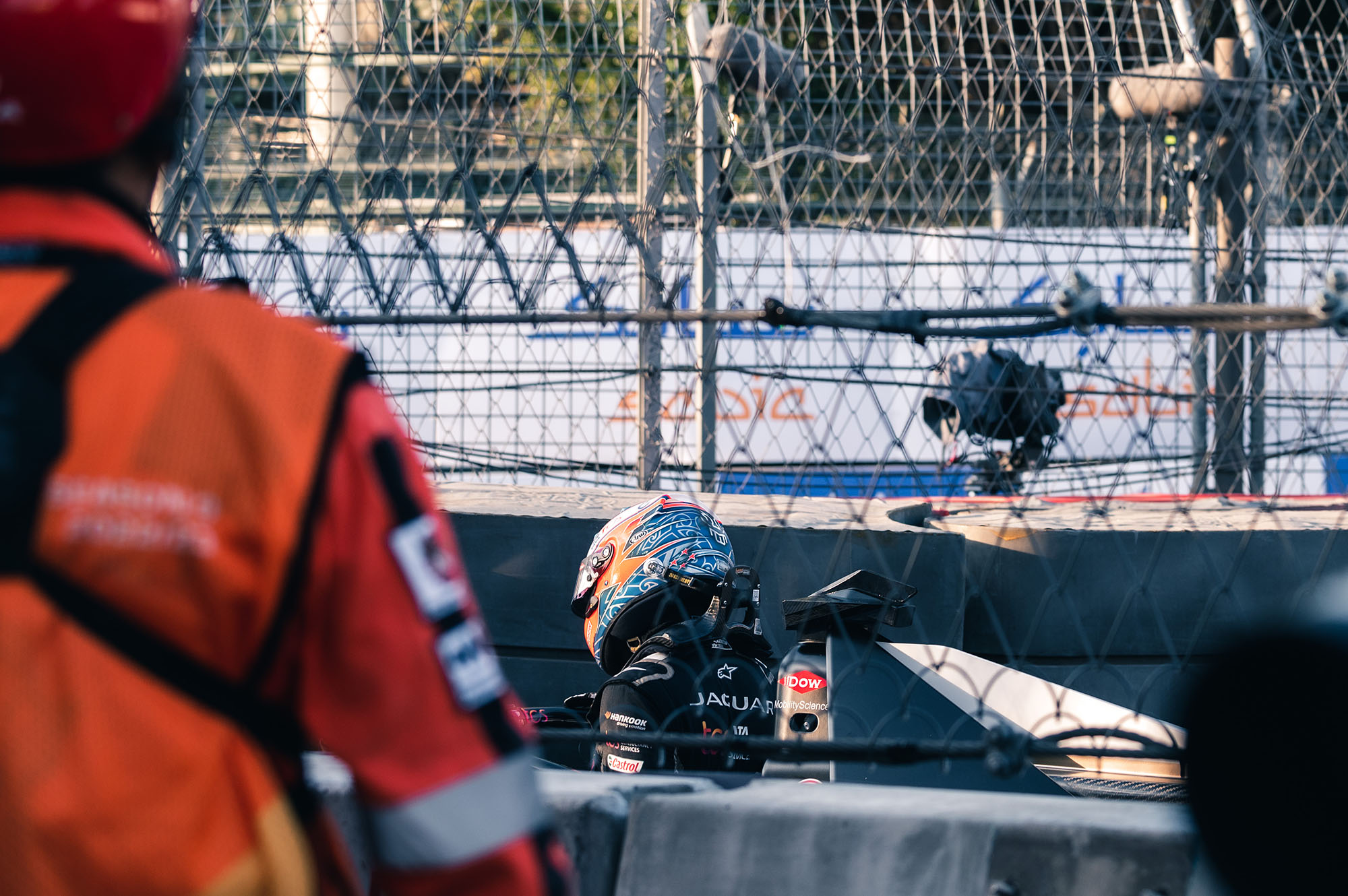
The chicane is not exactly a lamentable solution either. Dennis describes it as “a nice little complex of corners to be honest”, which are “quite fast on entry then it tightens up” and will require “some difficult techniques to get right”. But it does significantly reduce the probability of a pass going into what was one of the 1.633-mile circuit’s main overtaking opportunities.
“I think it’s a bit worse in terms of overtaking possibilities,” says Buemi, though he acknowledges the safety benefits it brings and the potential it has to make the race longer.
“So I guess that’s the best they could do, really, they did the best they could with the current situation they are in.”
And that’s the overriding sentiment that seems to be shared by teams and drivers. Let’s not forget that the Gen3 cars are without the secondary braking system for this weekend’s race – it is being accelerated through and the expectation is it will be in place for round two in Diriyah in a fortnight – so all the while Formula E is in this compromised position, anything that decreases the risk of an incident has to take precedence.
“I think so,” says Andretti team principal Roger Griffiths when asked if he thinks the Mexico safety provisions go far enough. “They’ve [the FIA] looked at the higher-risk areas of the track where historically there have been incidents and they’ve done what they can to address [those] within the confines of the circuit configuration.
“At the end of the day, even if you have hydraulic [rear] brakes, you can still hit the wall – we’ve had that plenty of times.
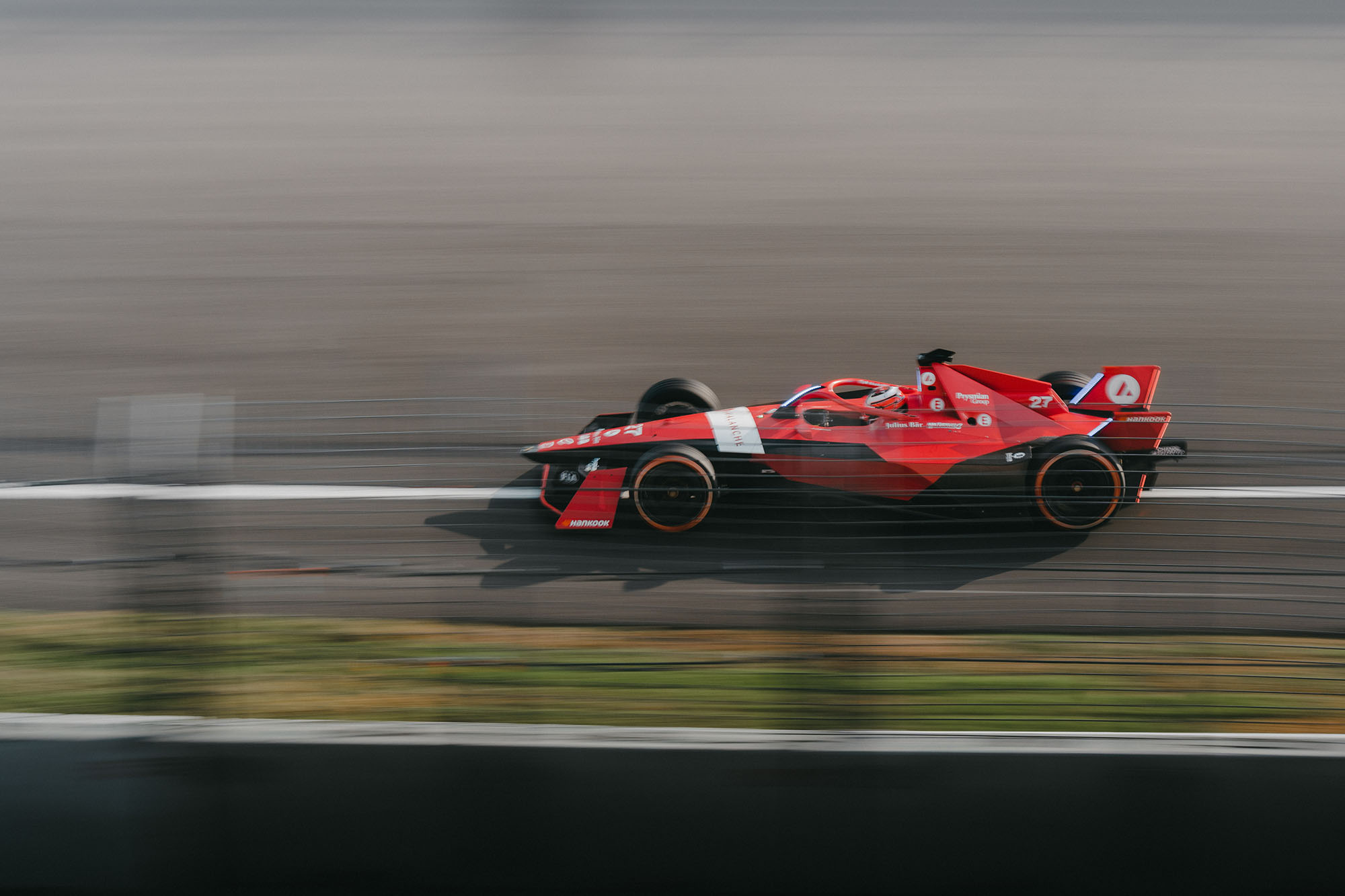
“It’s a different way of racing with no rear brakes, we’re reliant on the rear powertrain to provide you the regenerative forces to slow the car quickly.
“But we also know that the performance of the car is a little bit higher in terms of it’s a lighter car, we’ve got more power, the entry speeds into some of these corners could be quite a bit higher than we’ve seen in the past.
So I think it’s a wise move from the FIA to take this sort of pre-emptive action, with or without a concern over a loss of rear brakes.
“If we go round trying to second-guess everybody’s job, we’ll never go anywhere.”


